As Delhiites burst firecrackers well past the 10 p.m. deadline set by the Supreme Court for Deepavali night, air pollution shot up 70-100 times the World Health Organization limits in many parts of the city, but fell quickly afterward, according to government data.
The relatively faster decline in pollution was due to higher wind speeds and temperatures, according to experts. This is because Deepavali was in October this year, rather than in November, when the winter would be stronger, leading to slower wind speeds and lower temperatures.
However, the Delhi Pollution Control Committee (DPCC) data on air quality for the intervening night of Monday and Tuesday had several missing data points when pollution was at its peak. This led experts and activists to question the authenticity of the data, with many suggesting that actual pollution levels were likely higher than what was officially reported.
On Tuesday (October 21) morning, Delhi was the “most polluted” major city in the world, according to IQAir’s (a Swiss air quality technology company) live data for over 120 cities.
Meanwhile, Delhi’s 24-hour average Air Quality Index (AQI) was 351 (very poor) at 4 p.m. on Tuesday, as per the Central Pollution Control Board’s daily official bulletin, which is considered a day’s official AQI. A higher AQI means an increase in air pollution. The air quality on Tuesday — the day following Deepavali — was better than in 2020, 2021, and 2023, but worse compared with 2022 and 2024. Unlike in many previous years, the city did not witness a prolonged smog episode after the festival.
Although the Supreme Court had allowed only the use of green firecrackers in Delhi, traditional firecrackers were also available in the city in the run-up to Deepavali.
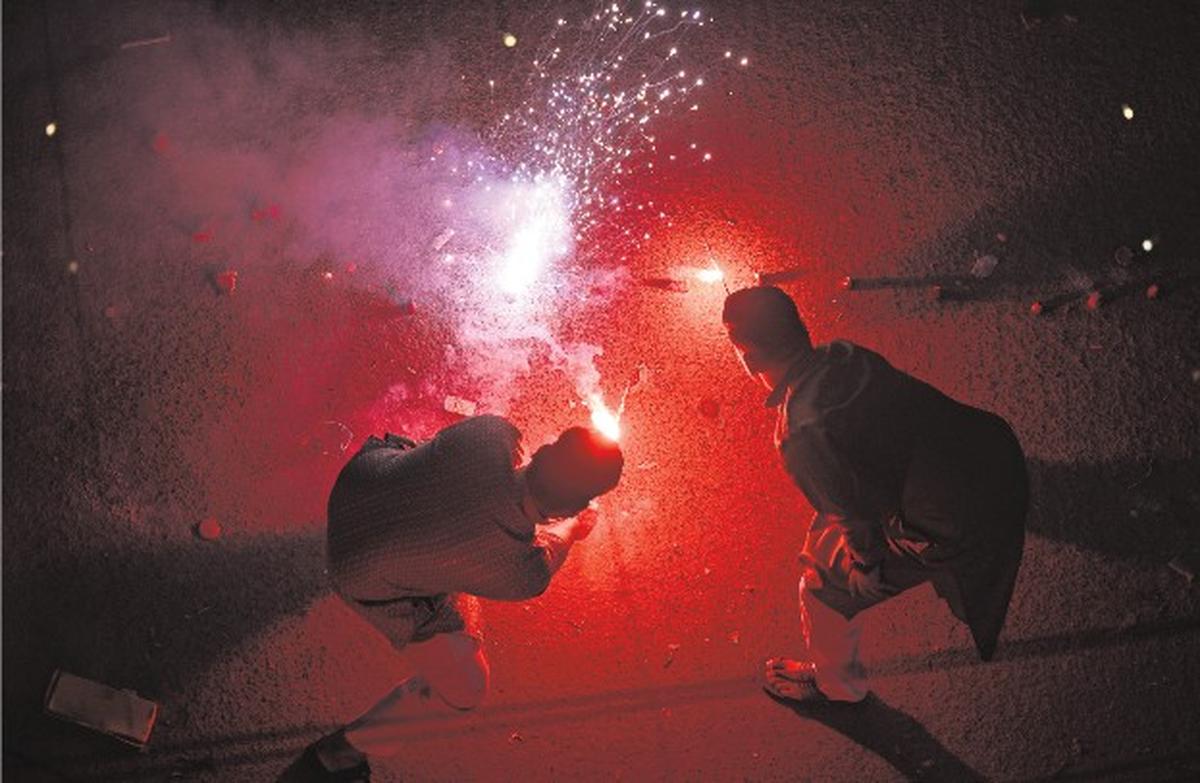
Photo:
Shashi Shekhar Kashyap
Sparks fly: Families and friends gather to celebrate Deepavali in New Delhi. However, the festival also brought with it a big dip in air quality.
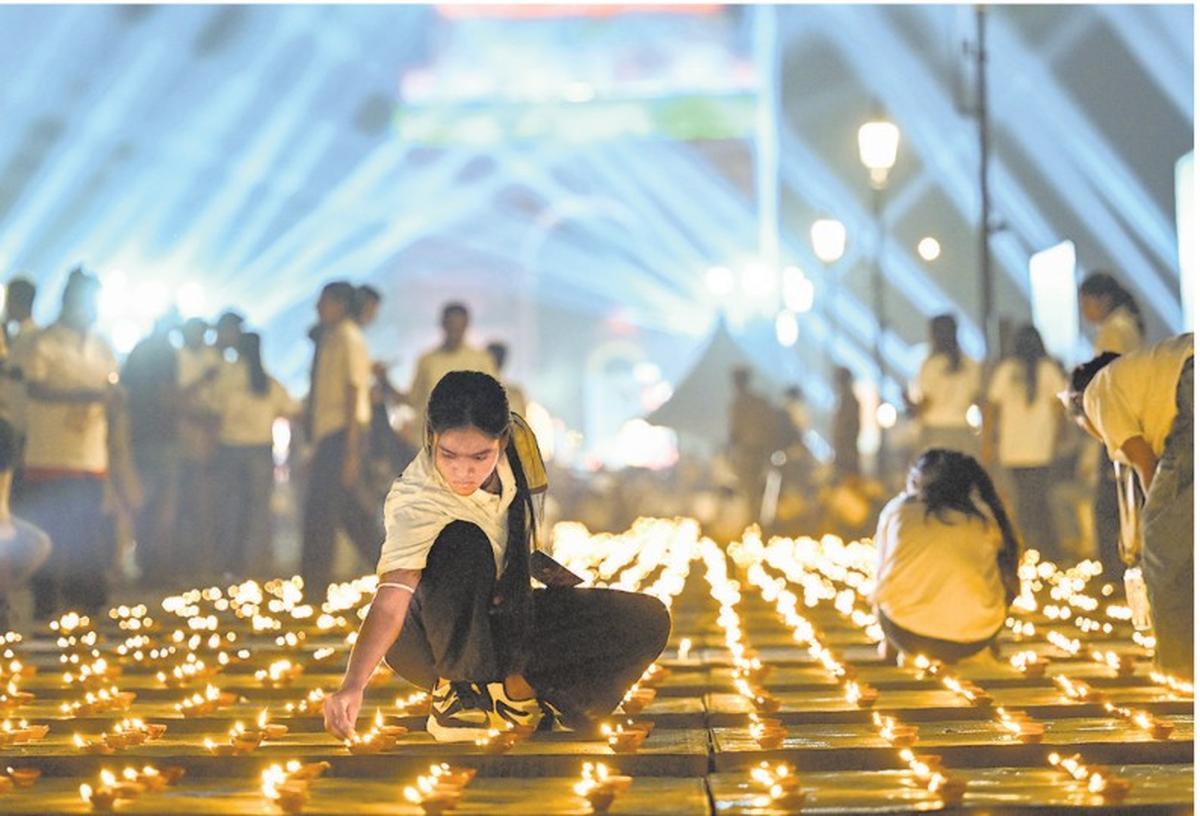
Photo:
Shashi Shekhar Kashyap
Festival lights: People light earthen lamps along Kartavya Path as a laser show illuminates the sky during the ‘Delhi Deepotsav’ at India Gate on October 18.
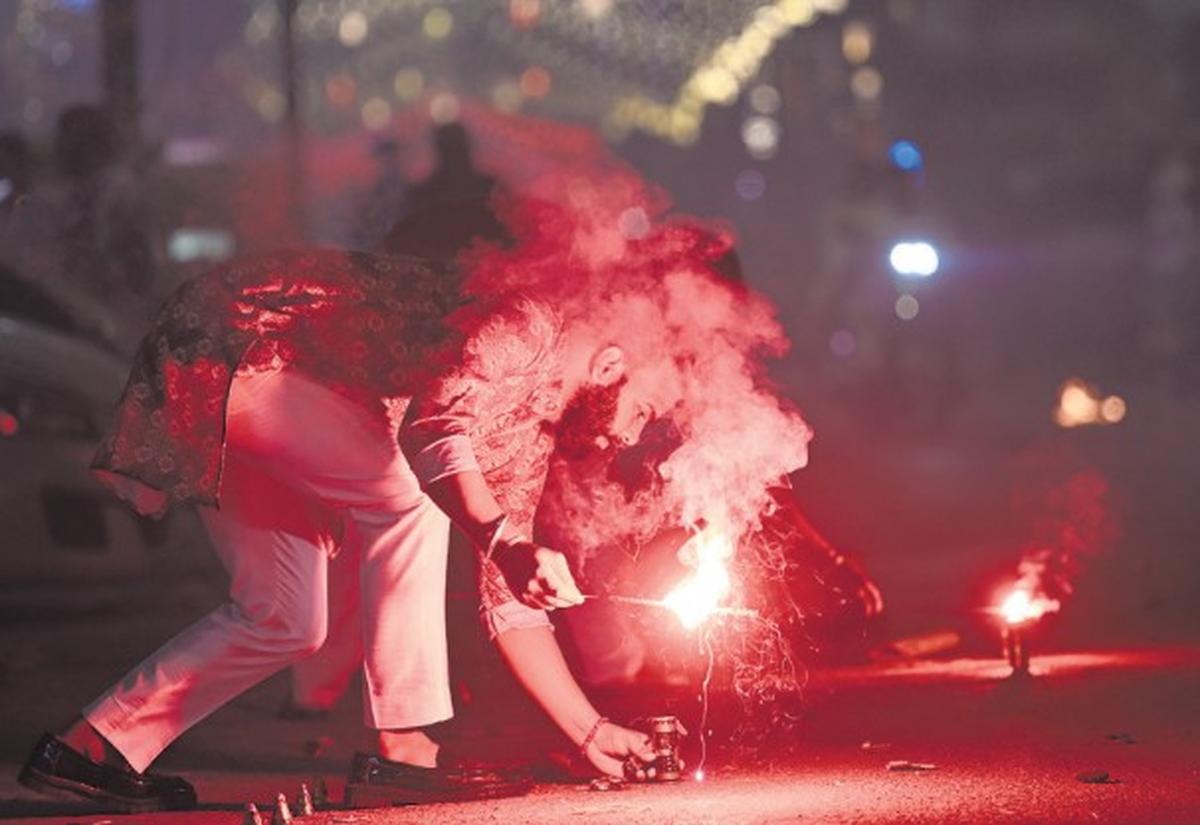
Photo:
Shashi Shekhar Kashyap
Pink haze: Delhiites burst frecrackers across the city during Deepavali, on October 20. The Supreme Court had ordered that only green frecrackers should be used during the festival.
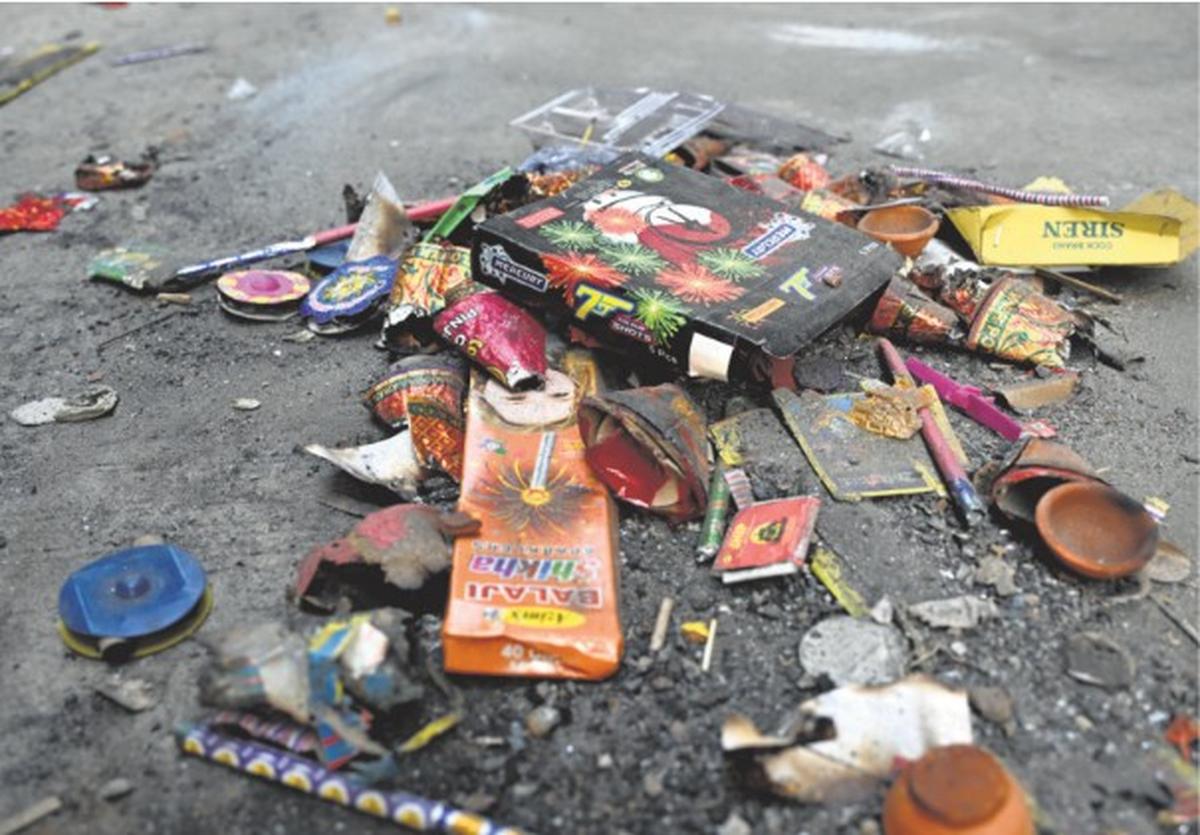
Photo:
Shashi Shekhar Kashyap
Messy streets: Firecracker packets litter streets in Delhi following the celebrations. While the festival brings joy to households, the civic indifference shown by people leaves much to be desired.
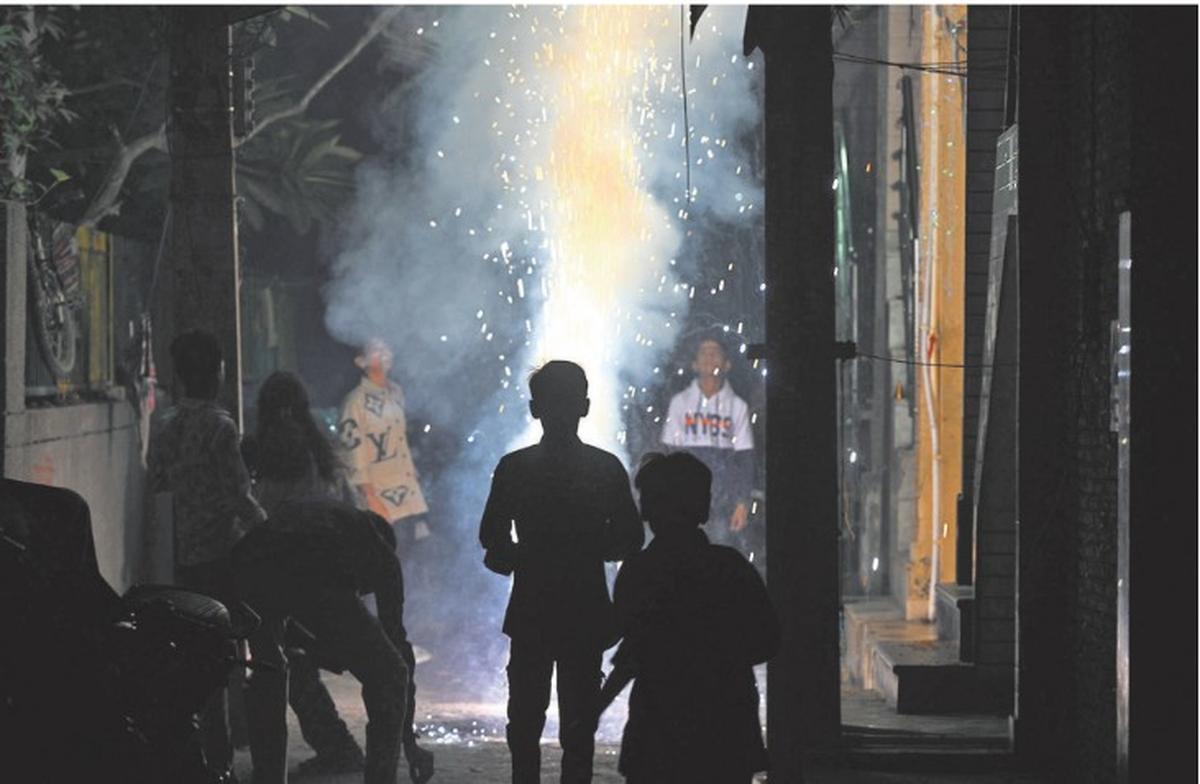
Photo:
Sushil Kumar Verma
Youthful spirit: Children watching the freworks light up the night.
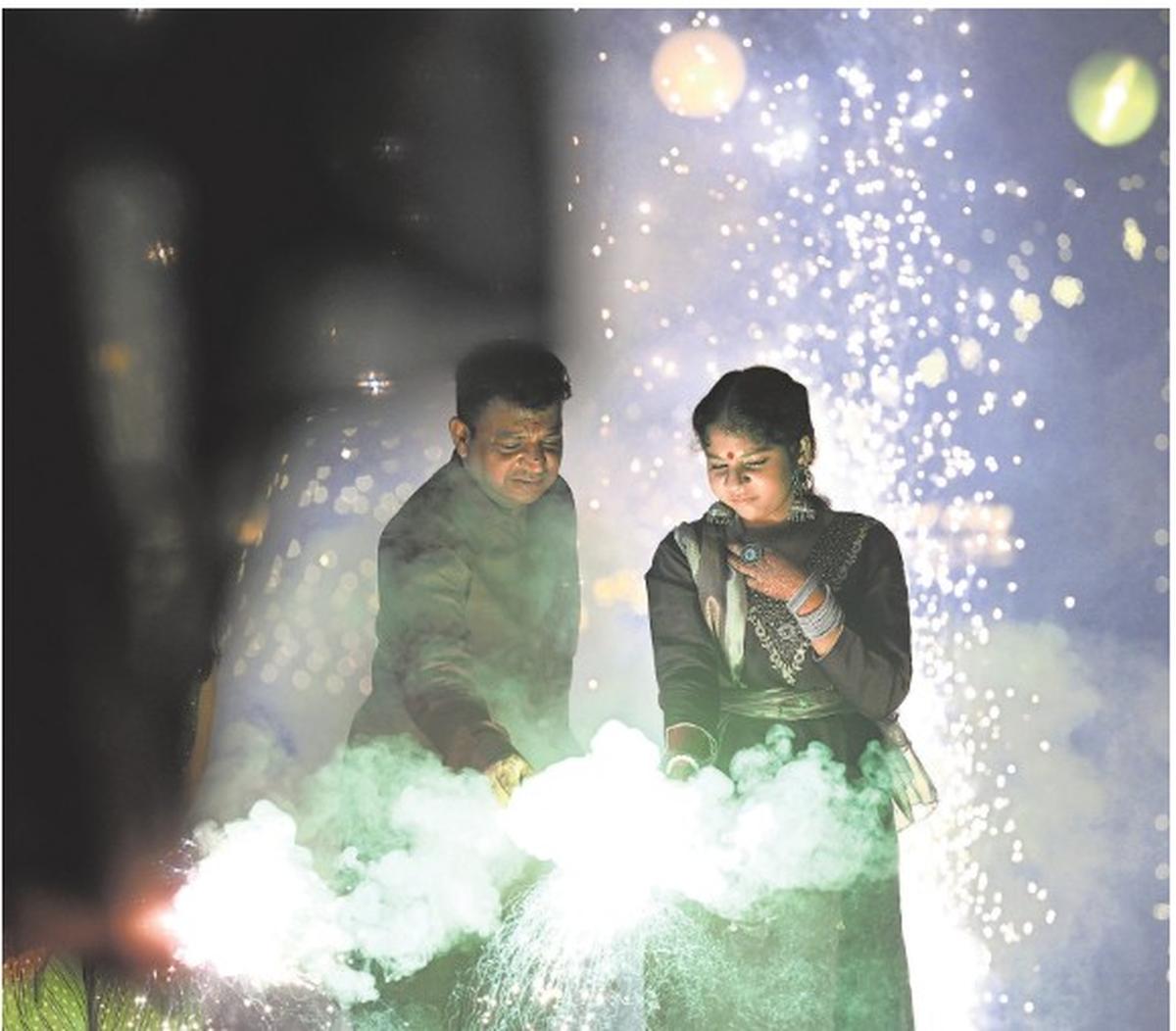
Photo:
Shashi Shekhar Kashyap
Legal angle: The Supreme Court reversed a ban on freworks in the Delhi-NCR to allow green frecrackers.
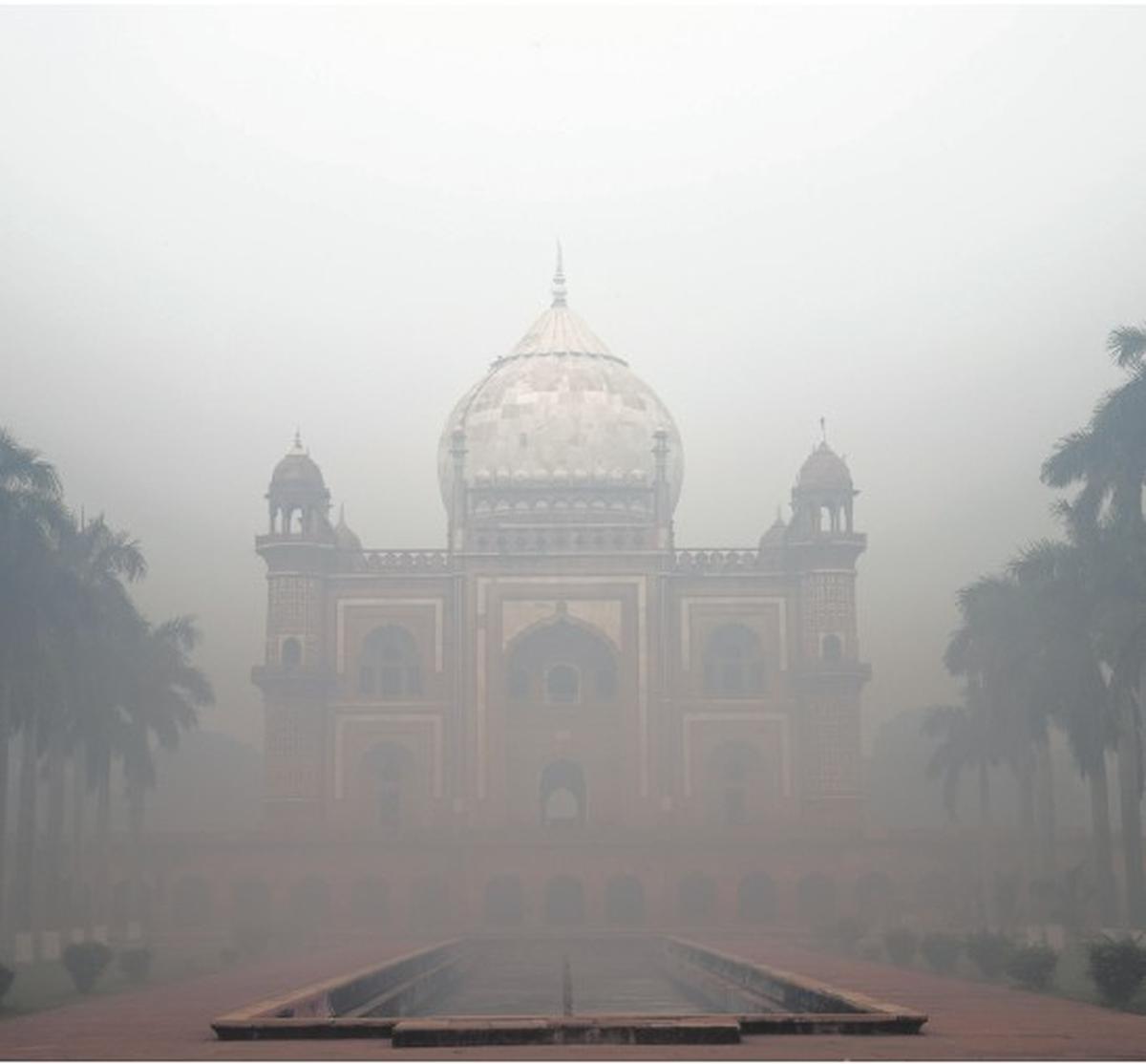
Photo:
PTI
Dim view: Safdarjung’s Tomb appears shrouded in haze, refecting the air pollution across the capital.
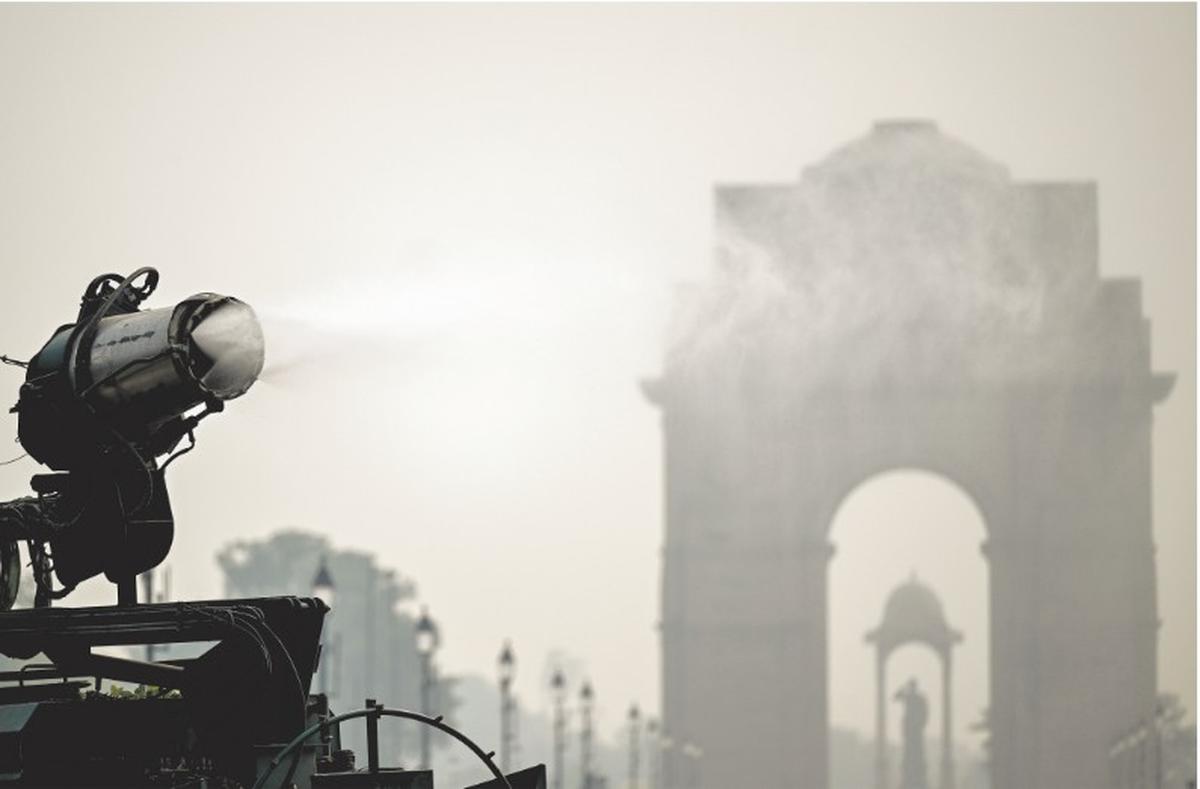
Photo:
Shashi Shekhar Kashyap
Water shield: Anti-smog guns are deployed at Kartavya Path to sprinkle water and curb pollution in the city after the celebrations.
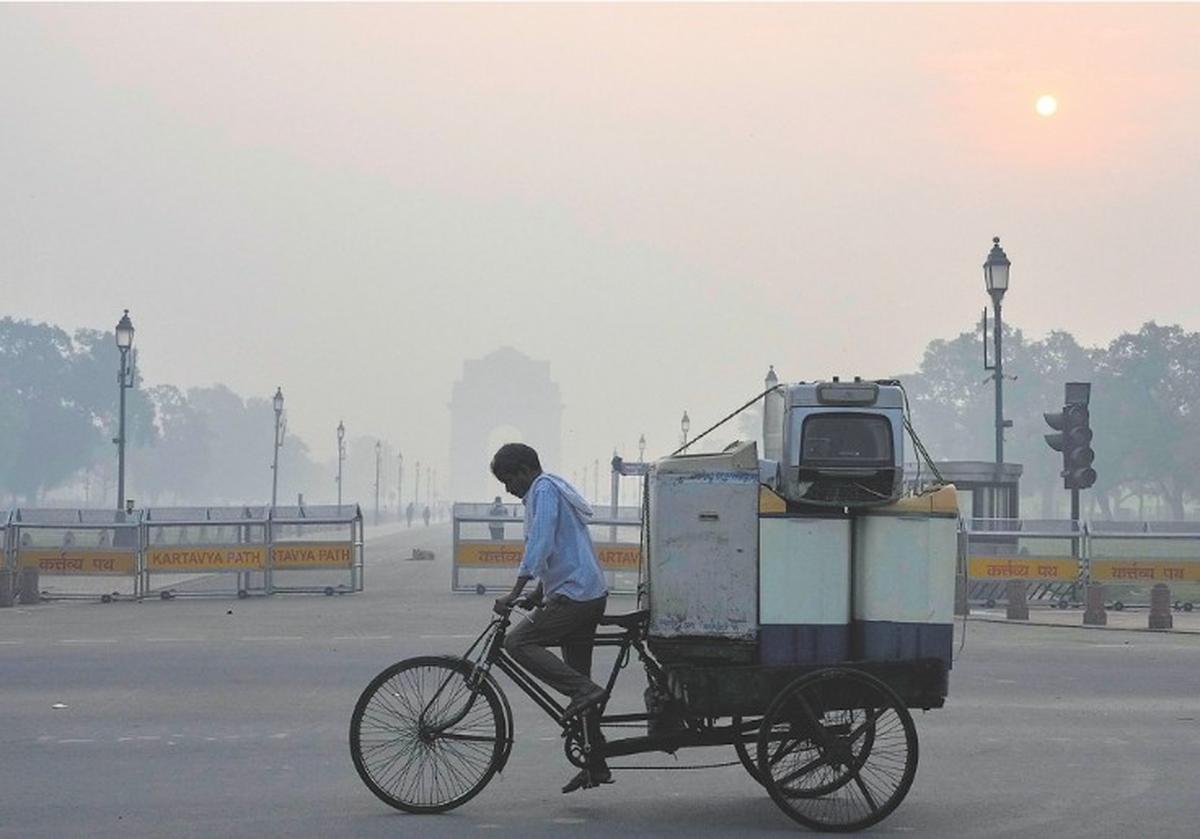
Photo:
AP
Muted dawn: A cyclist slowly makes his way through morning smog near the India Gate monument a day after the
festival
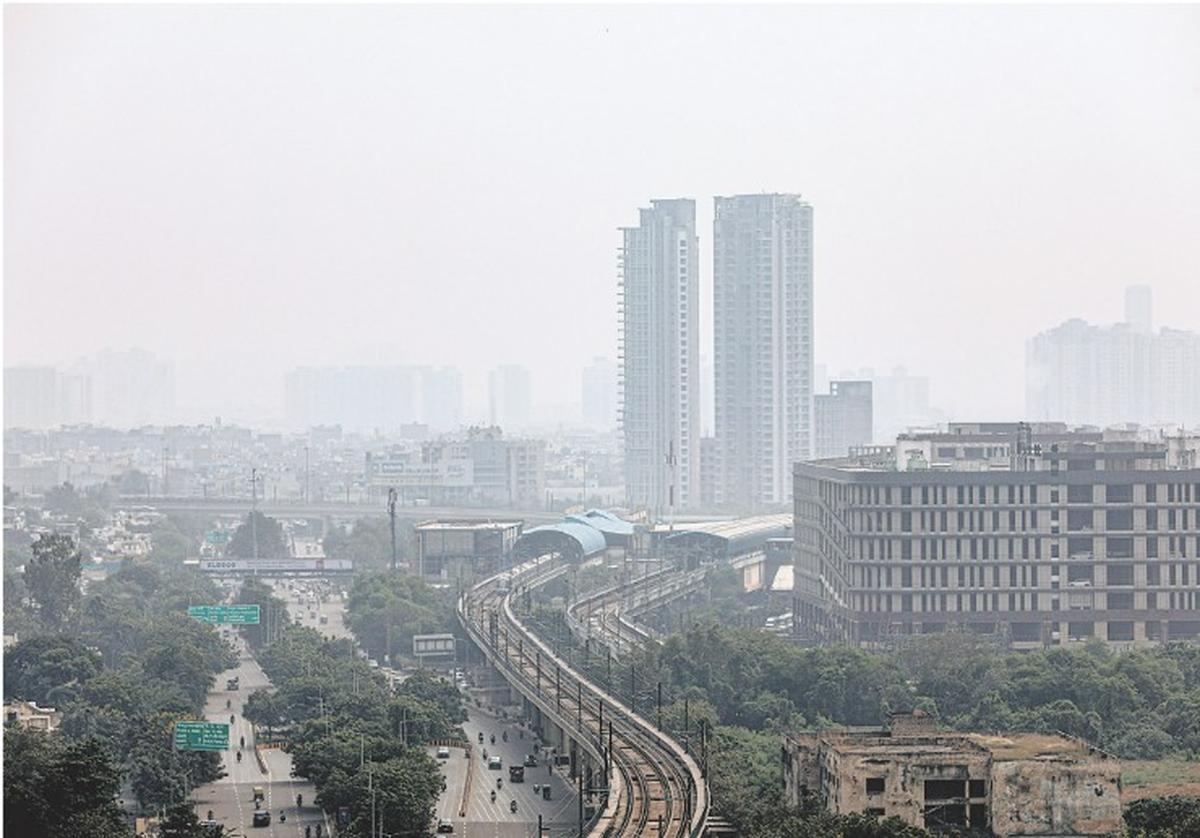
Photo:
PTI
Grey veil: Visibility was low in most parts of Delhi after Deepavali, with Noida too witnessing a haze-flled morning.
Published – October 26, 2025 08:36 am IST

